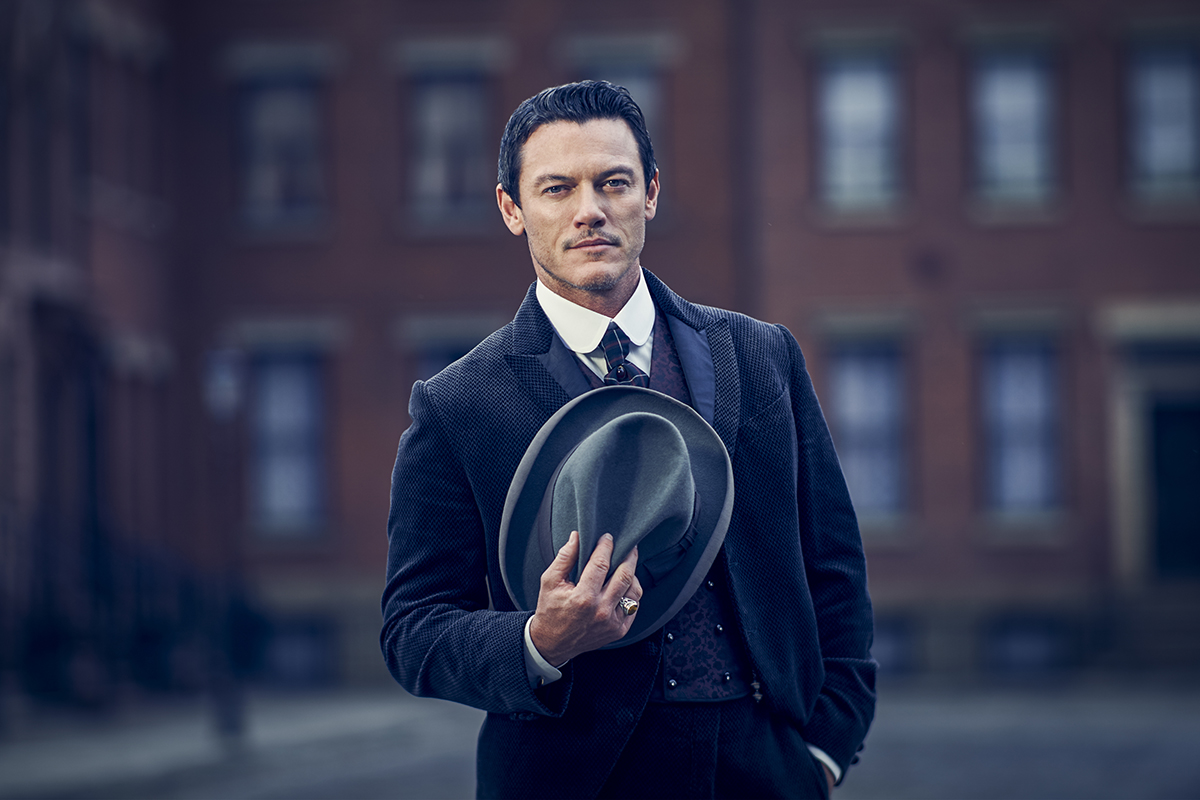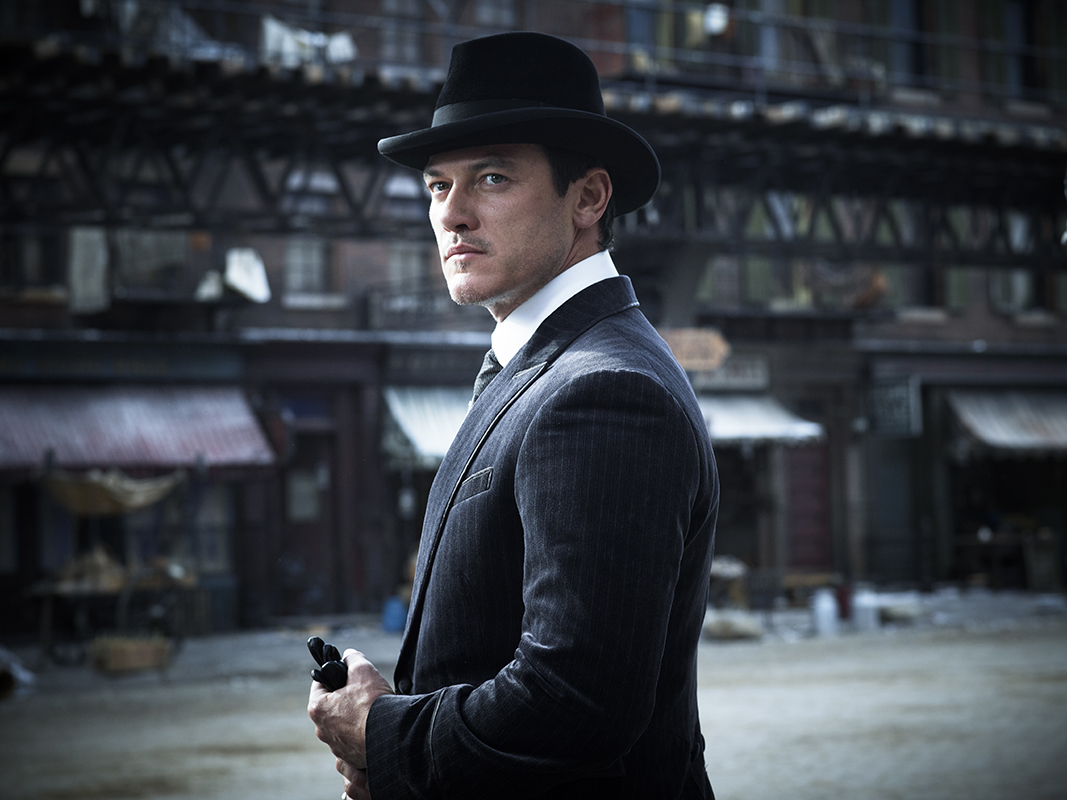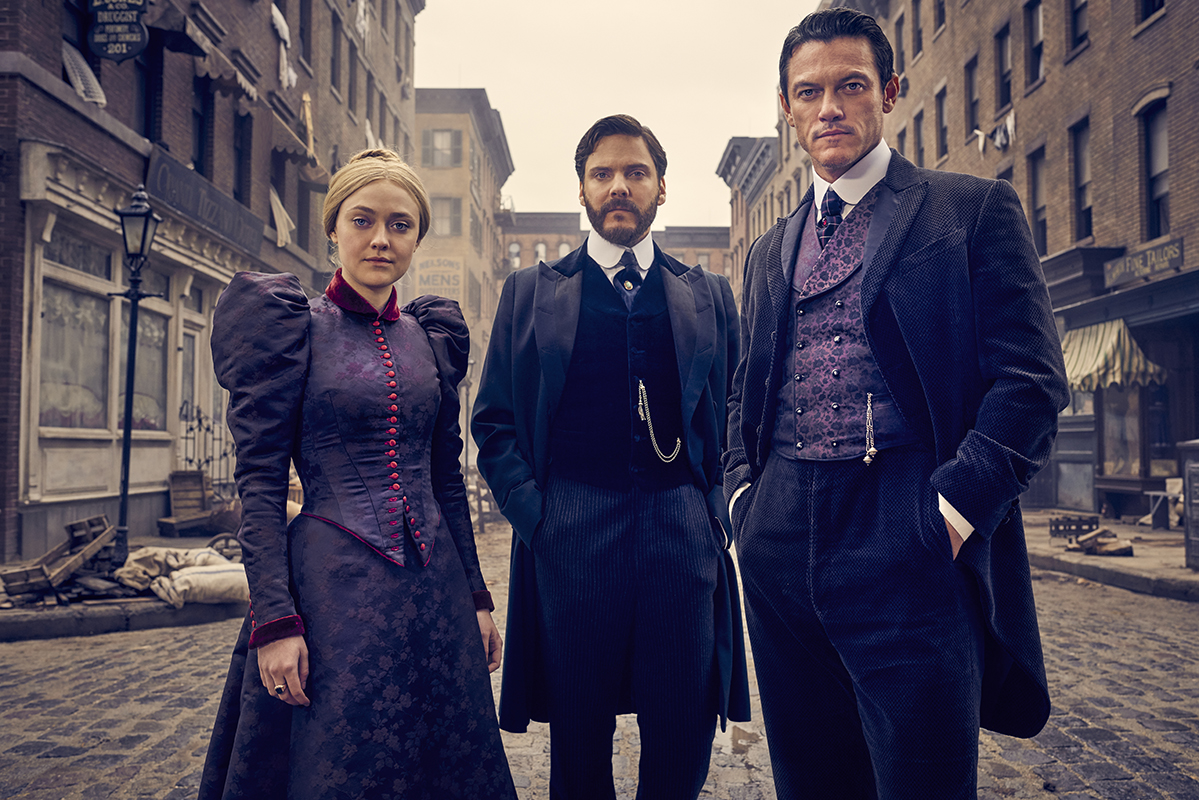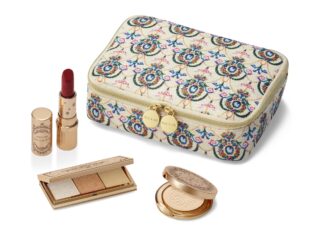This website uses cookies so that we can provide you with the best user experience possible. Cookie information is stored in your browser and performs functions such as recognising you when you return to our website and helping our team to understand which sections of the website you find most interesting and useful.
Exclusive: The Alienist’s Luke Evans on costumes, characters and taking on Hollywood
By Rachel Ingram | 5 March 2018 | Culture, Style
Ahead of the premiere of his new Netflix drama The Alienist, Tempus cover star Luke Evans invites us into his life – and wardrobe

Luke Evans makes no secret of his love of dressing up. Describing his costumes as the "final skin" of his character transformation, the actor's clothing is just as important as his script. Confirming his adoration for wardrobe, Michael Kaplan, the costume designer on Evans' latest venture The Alienist says: "Luke Evans' fittings would go on for hours. He loved the clothes!'"
In Netflix show The Alienist, set in late 19th century New York, Evans plays John Moore, an illustrator for the NY Times, who gets swept up in a serial killer murder mystery alongside psychologist Dr Laszlo Kreizler (Daniel Brühl) and Sara Howard (Dakota Fanning). Besides its captivating storyline, critics say the show is set to be the new Peaky Blinders in terms of style influence – picture dark three-piece suits and stiff collars for men and hooped skirts and corsets for women.
The show was quite the change from Evans' 2017 appearance as lothario Gaston in Disney's live-action adaptation of Beauty and the Beast, where the flirtatious personality of his villainous character was brought out by a bold leather red jacket, or earlier still in Peter Jackson's The Hobbit, where costumes made of animal skins personified the ruggedness of his heroic character Bard the Bowman.
The Welshman's love of costume dates back to the days when he was a star of the stage – Evans cut his teeth in the West End, featuring in shows such as Miss Saigon and Rent before making the move to Hollywood, where he was an instant success. The Alienist is the actor's first foray into television – a challenge which enabled Evans to delve deeper into his character, and his enviable wardrobe. Ahead of the premiere – the 10-part series launches on Netflix on 19 April – Tempus goes inside the wardrobe with Evans, who was recently named 'third most stylish man in the world' by GQ, to talk style, tailoring and life as a Welshman in Hollywood.
Michael Kaplan is an icon in the costume world. What was it like working with him on The Alienist?
Michael Kaplan is a legend. He had a wonderful team who researched and found these amazing costumiers and tailors who made the suits by hand, exactly how they were back in the day – it's the detail that really drew me in. When you work with an amazing costume designer it's an honour to put the clothes on. Frankly, he did say to me I had as many, if not more, outfits than Dakota Fanning's character, because [my character] John Moore was such a dandy – he was always dressing up. There's one scene where they're in the countryside in a carriage and he's in a light grey three-piece felt suit – it was just wonderful and it benefitted my character an awful lot. It definitely influenced how I stood and how I felt. He always looks so fantastic. >>
Related: Save Me star Phil Dunster on the real leaders of stage and screen

How does dressing up help you get into character?
It's the final skin. You layer a character with the preparation, the line learning, the research, the conversations with the director, the psychology, the back story… but it's not until you put the costume on that you fully disappear. That's why I think costume is so important to a character. People will make an assumption of you from the way you dress without you even opening your mouth. Sadly, that's the superficiality of our culture.
Do you use wardrobe to reflect a certain persona in your personal life, too?
Yes – clothes are costumes, in a way, because you can use them as armour, you can use them for confidence, you can use them to disappear, you can use them to hide behind… clothes are a very interesting commodity. I also love travelling and seeing how fashion and clothing changes depending on the climate, culture, religion or gender of a person. I think fashion is an extraordinary medium because it moves so quickly. It's wonderful how some things have lasted the test of time while others have disappeared off our shelves.
The style of The Alienist is distinctly American – did you notice any differences between American and British tailoring during filming?
I don't know whether I could tell you exact differences within the structures but the American-style collars were cardboard, which I absolutely hated. It was like wearing a neck brace most of the time because you can't get out of it. Once you had the collar on, you couldn't bend down to do your shoes even if you wanted to, so it was quite a challenge, particularly when dealing with the 40°C Hungarian summer heat. There was a lot to fight with, even though we looked great. The weirdest part of dressing in 1896 clothing is nobody could change alone – you had to have a maid or a manservant because the outfit was impossible to put on without help. There were only certain levels of society that would have been able to wear the outfits that we wore.
Your costumes in The Alienist are rather different from those on Beauty and The Beast. Which did you prefer?
Nearly every time I've met kids since being in Beauty and The Beast and playing Gaston, their first question is almost always 'where is your red jacket?' I've realised the colour red is so important, for fans and for Gaston. Before we came to the right colour and shape, we dyed so many pieces of leather and went through so many incarnations, you would not believe it, but it was this colour that resonated with the kids. I thought it was very interesting. There's a whole subculture of fans who do Cosplay – I'd never heard of it until somebody told me girls have been dressing up as Gaston and going to Film and Comic Con events – they've made the leather jacket, the buttons, painted a moustache on, and pulled their hair back. It's impressive. Women also dress up as Bard the Bowman an awful lot of the time, too.
Read the full interview in Tempus Magazine issue 56, out now








